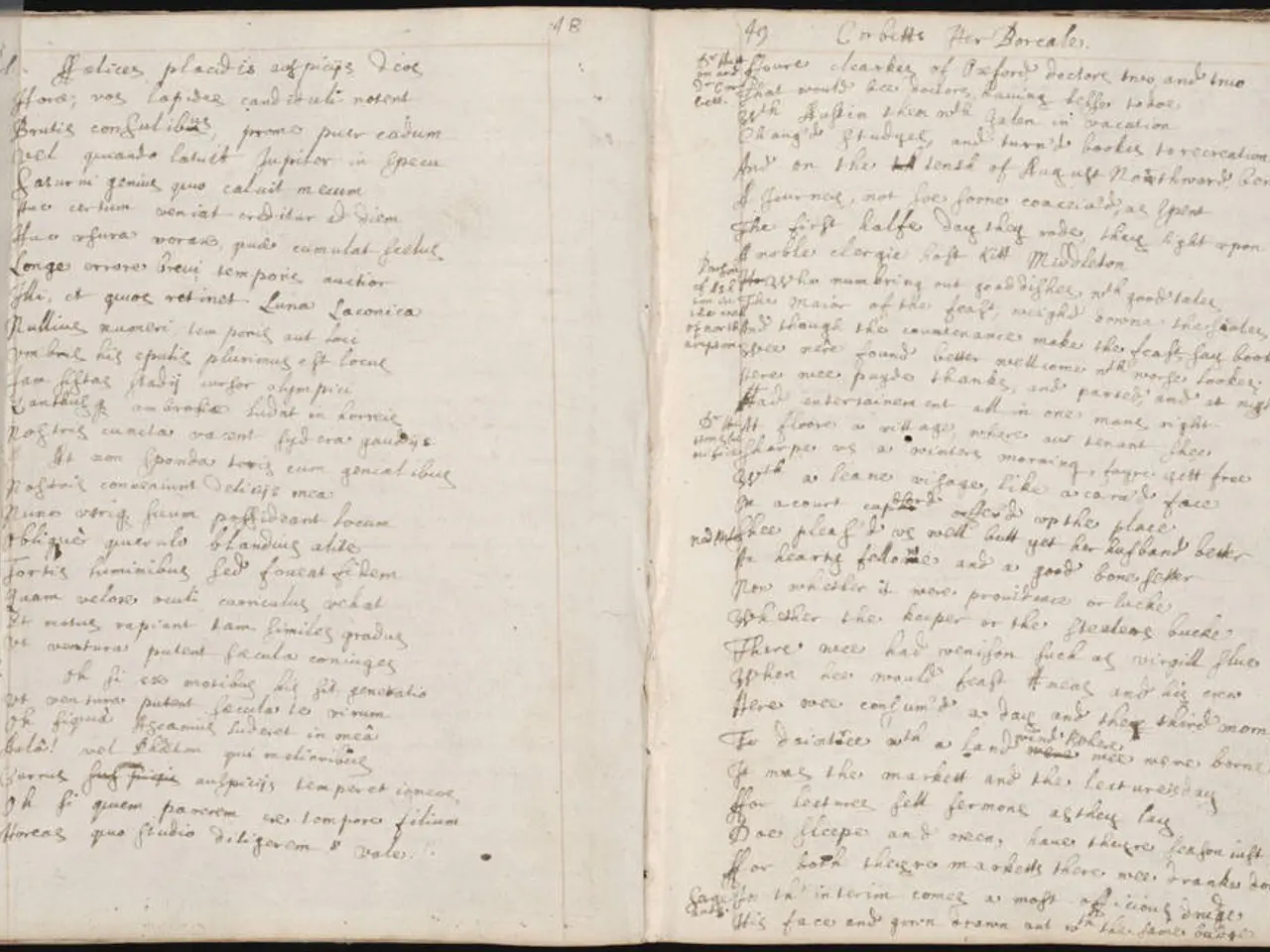Consuming Higher Education with Ease: A Detailed Walkthrough to Composing Ideal College Papers
Writing university assignments can be a daunting task, but by following a structured multi-stage process, you can produce well-organized, critical, and polished work. Here's a breakdown of the key steps to help you succeed.
1. Understand the Assignment
Carefully read and decode the assignment brief or title to identify key terms and requirements. Clarify the purpose of the assignment and the specific question or task given by the tutor or lecturer, paying attention to any instruction verbs such as "discuss," "compare," or "justify."
2. Plan Your Approach
Develop an initial outline or plan based on your preliminary knowledge and understanding of the question to set a clear direction and main argument or thesis for your assignment. Allocate sufficient time in a schedule for research, writing, and multiple rounds of revision including proofreading. Be prepared to update your plan as research progresses and as your essay develops.
3. Research and Gather Evidence
Locate, evaluate, and read relevant academic sources such as journals, books, and databases — university librarians can often help with this step. Gather evidence that supports your thesis and helps you develop your arguments critically and coherently.
4. Craft a Thesis Statement and Outline
Construct a tentative thesis statement that clearly expresses the main argument or perspective of your assignment. Develop a more detailed outline that organizes the main points and supporting arguments logically, ensuring a clear flow from one idea to the next.
5. Write a First Draft
Use the plan and research to write a rough draft in an academic style, focusing on developing your arguments clearly and supporting them with evidence. Follow the required citation and referencing style precisely as you write.
6. Revise and Edit
Revise the draft for structure, coherence, content completeness, and argument strength — substantial changes to organization or phrasing are common at this stage. Edit for grammar, spelling, punctuation, and formatting errors, ensuring academic tone and clarity throughout.
7. Proofread and Finalize
Carefully proofread to eliminate any remaining minor errors and verify citations and references are correct. Ensure the assignment adheres to the assignment brief and meets academic standards before submission.
This staged approach treats writing as an iterative learning process and helps effectively manage the often complex demands of university assignments. Each step is crucial: neglecting any can weaken the overall quality of your work.
Key points include continually referring back to the assignment question to maintain focus, developing a clear thesis to guide your writing, and allowing enough time for multiple revisions. The structure of your essay should have an introduction, body, and conclusion, but the number of paragraphs depends on the assignment length and content, not on a fixed five-paragraph formula.
Proofreading and Editing
Proofreading and editing are essential to eliminate errors and improve clarity in an assignment. Remember to take a break before proofreading to spot errors more easily. Steps for effective proofreading include taking a break, checking for spelling and grammar, ensuring structure and flow, and ensuring clarity. It can also be beneficial to ask a peer or mentor to review your work for errors that you might miss.
Research
The internet can be a valuable resource for research, but rely on academic databases, journals, and credible websites like Google Scholar, JSTOR, and university repositories for your research.
Writing the Ideal University Assignment
To write the ideal university assignment, understand the assignment brief, conduct thorough research, structure your work, and proofread and edit. To avoid plagiarism, always cite your sources properly and paraphrase information in your own words. Use quotation marks for direct quotes and ensure all references are listed in your bibliography. The citation style to use is typically specified by the instructor or course guidelines. Common styles include APA, MLA, and Chicago.
By following these guidelines, you can produce a well-organized, critical, and polished university assignment. Good luck with your studies!
- To enhance your personal growth and facilitate your education-and-self-development, incorporate educational essays on literature analysis into your learning routine.
- Incorporating analytical essays on selected literature pieces in your education-and-self-development plan can foster personal growth by improving your critical thinking skills.
- Considering the importance of learning from academic works, engaging in regular literature analysis and writing educational essays on those analyses could significantly contribute to your education-and-self-development journey.




